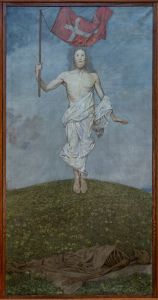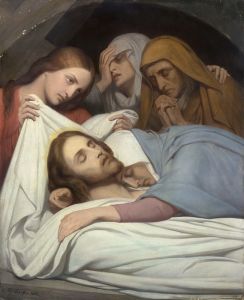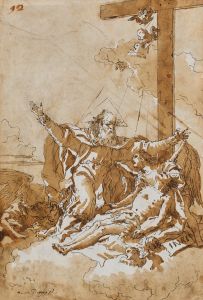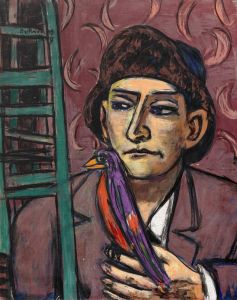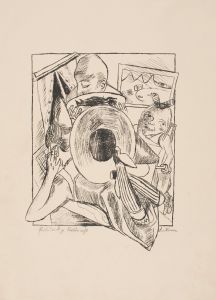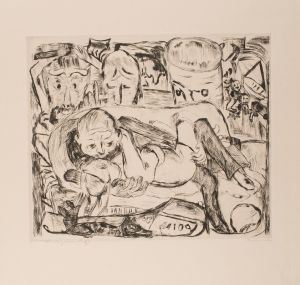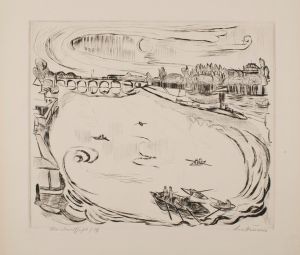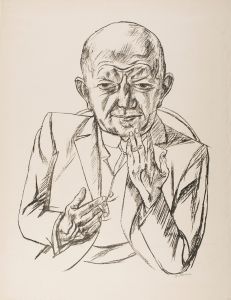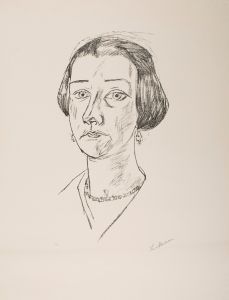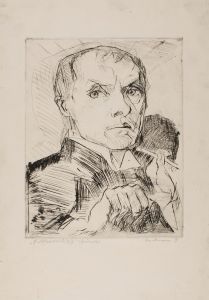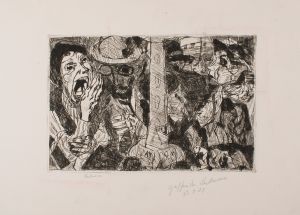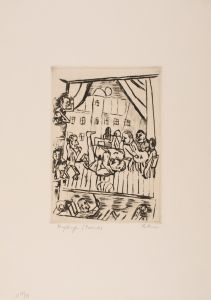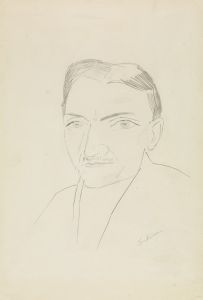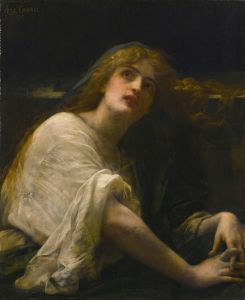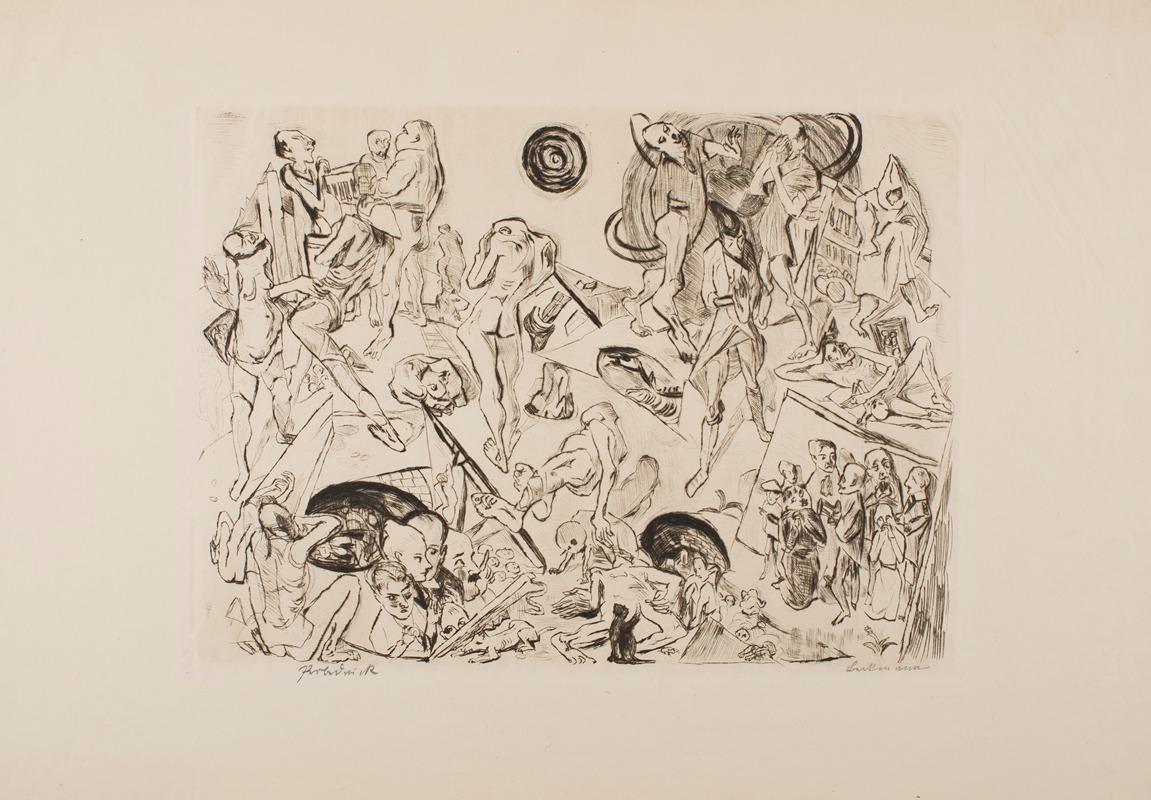
Resurrection, plate 12 from the portfolio ‘Faces’
A hand-painted replica of Max Beckmann’s masterpiece Resurrection, plate 12 from the portfolio ‘Faces’, meticulously crafted by professional artists to capture the true essence of the original. Each piece is created with museum-quality canvas and rare mineral pigments, carefully painted by experienced artists with delicate brushstrokes and rich, layered colors to perfectly recreate the texture of the original artwork. Unlike machine-printed reproductions, this hand-painted version brings the painting to life, infused with the artist’s emotions and skill in every stroke. Whether for personal collection or home decoration, it instantly elevates the artistic atmosphere of any space.
Max Beckmann was a prominent German painter, draftsman, printmaker, and writer, known for his unique style that combined elements of Expressionism, New Objectivity, and a personal form of modernism. One of his notable works is "Resurrection," plate 12 from the portfolio titled "Faces." This portfolio is a significant part of Beckmann's oeuvre, showcasing his skill in printmaking and his ability to convey complex themes through this medium.
"Resurrection" is part of a series created during a tumultuous period in Beckmann's life and career. Born in 1884 in Leipzig, Germany, Beckmann experienced the upheavals of both World Wars, which deeply influenced his work. His art often reflects the chaos and existential questions of the early 20th century, and "Resurrection" is no exception.
The portfolio "Faces" was produced in the early 1920s, a time when Beckmann was exploring themes of identity, transformation, and the human condition. This period followed World War I, during which Beckmann served as a medical orderly. The war had a profound impact on him, leading to a nervous breakdown and a subsequent shift in his artistic style. He moved away from the more traditional and academic styles of his early career towards a more expressive and symbolic approach.
"Resurrection" as a theme is rich with religious and philosophical connotations. In Christian theology, resurrection signifies the rising from the dead, a concept that can be interpreted both literally and metaphorically. Beckmann's interpretation of resurrection may delve into ideas of renewal, rebirth, and the cyclical nature of life and death. His works often contain layers of meaning, inviting viewers to explore beyond the surface.
The "Faces" portfolio, including "Resurrection," is characterized by Beckmann's bold use of line and form. His printmaking technique involves strong contrasts and a dynamic composition, which are hallmarks of his style. Beckmann's figures are often depicted in a distorted or exaggerated manner, reflecting the emotional and psychological intensity of his subjects.
Throughout his career, Beckmann was known for his ability to capture the essence of the human experience, often portraying the complexities and contradictions inherent in life. His works are imbued with a sense of drama and tension, which can be seen in the way he handles the subject matter in "Resurrection."
Max Beckmann's influence extends beyond his lifetime, as he is considered one of the most important artists of the 20th century. His works are held in high regard and are part of major collections worldwide. "Resurrection," as part of the "Faces" portfolio, contributes to his legacy as an artist who pushed the boundaries of traditional art forms and explored the depths of human emotion and experience.
In summary, "Resurrection" from the "Faces" portfolio is a testament to Max Beckmann's mastery of printmaking and his exploration of profound themes. It reflects his personal experiences and the broader historical context of the early 20th century, offering a glimpse into the mind of an artist who sought to understand and depict the complexities of life.





